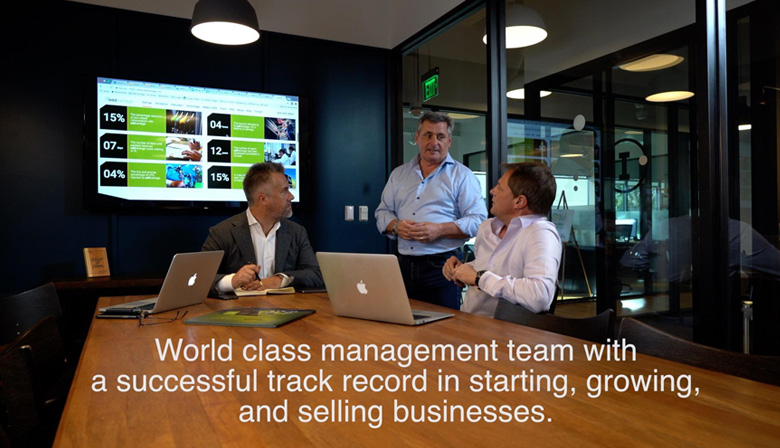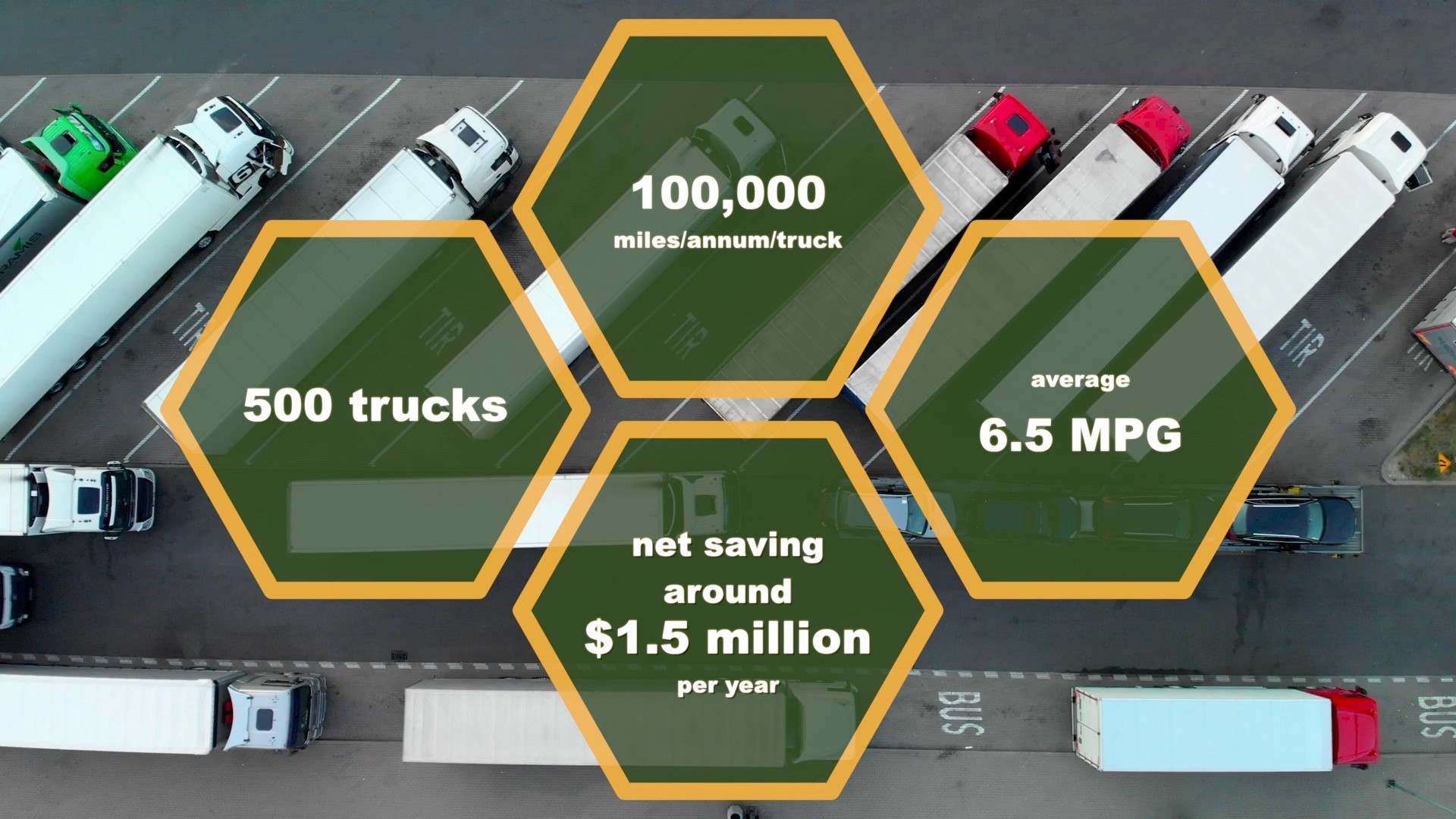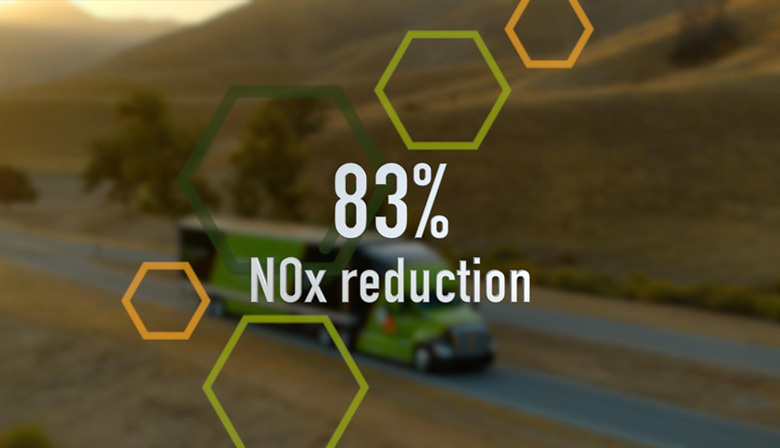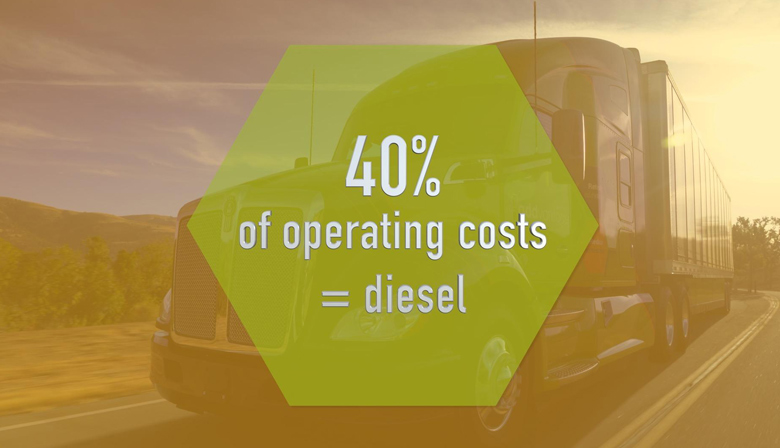Irrespective of specific industry, geography or market sector, there are five key elements to look for in a business that will contribute greatly to its success. These include:
- The product
- The market
- The profit margin
- The scalability
- The team
The product is absolutely key. Is it disruptive? Is it innovative? Is it market leading and does it have protected intellectual property? Does it solve a problem for the potential customer or is it just a “nice to have”, just another “me too” product?
How big is the market, and is it clearly defined? Without a clear definition, it’s almost impossible to create effective marketing materials and to get on the radar of potential clients. When you can clearly identify your ideal clients, you can determine the message and the media to best attract paying customers your way.
Assuming the market is large enough, can the customers in that space afford to pay for your product or service? Better still – can they afford to be without it? With a unique patented product solving a real problem in a niche, there’s more potential for healthy and sustainable profit margins.
Scalability is one of the most important factors to consider when starting a new business, or hoping to take a current business to the next level. Successful business growth depends on a scalable business model that will increase profits over time, by growing revenue while avoiding cost increases.
A really critical element of business success is the team that’s going to execute on the business plan. A business that has a great product and a really great marketplace, but doesn’t have the right team, will be fighting an uphill battle all the way.
addvantage Clean Technologies Inc., is a company that ticks all the right boxes.
Our disruptive, retrofit product is proven, patented and delivers irresistible savings to customers and reduces harmful emissions which is good for the environment too.
There’s no doubt about the size of our clearly defined market. There are 4 million class 8 heavy-duty trucks in the US – a market that is motivated to reduce operating costs and emissions. We help with both, dramatically.
Our product is protected by 16 global patents which provide a barrier to entry from competition and at the same time delivers high sustainable revenues, healthy, protected profit margins, and is scalabile.
Finally, the team. Our CEO is a serial entrepreneur with a history of starting, growing and successfully selling a number of businesses. He has assembled a truly world-class management team with his latest venture addvantage Clean Technologies Inc. Check out the full team bios on the website.




